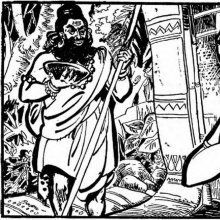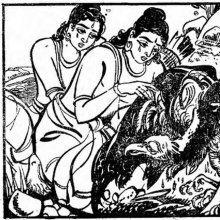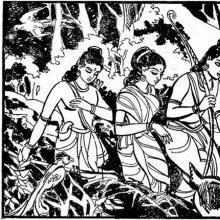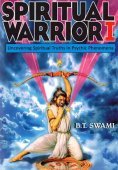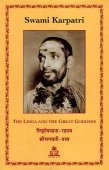Wounded: 1 definition
Introduction:
Wounded means something in the history of ancient India. If you want to know the exact meaning, history, etymology or English translation of this term then check out the descriptions on this page. Add your comment or reference to a book if you want to contribute to this summary article.
Images (photo gallery)
India history and geography
Source: Singhi Jain Series: Ratnaprabha-suri’s Kuvalayamala-katha (history)Wounded (beasts) were commonly depicted on the Saṃsāracakra paintings (representing scenes of animal life), in ancient India, as mentioned in the Kathās (narrative poems) such as Uddyotanasūri in his 8th-century Kuvalayamālā (a Prakrit Campū, similar to Kāvya poetry).—Page 185.21 f.: Here follows a description of a printed scroll illustrating the Jaina conception of saṃsāracakra. [...] The saṃsāra-cakra illustrated the three worlds of hell, human world and the world of gods. [For example:] Wounded beasts attacking the other wounded ones; peacock swallowing a serpent.

The history of India traces the identification of countries, villages, towns and other regions of India, as well as mythology, zoology, royal dynasties, rulers, tribes, local festivities and traditions and regional languages. Ancient India enjoyed religious freedom and encourages the path of Dharma, a concept common to Buddhism, Hinduism, and Jainism.
See also (Relevant definitions)
Full-text (+306): Kshata, Vikshata, Parikshata, Bhinnadeha, Astrahata, Prahata, Durabhinna, Viddha, Luna, Ghayala, Samahata, Virashaya, Kshatavikshata, Vranayukta, Vranila, Jakhami, Vaṇita, Anarus, Jakhmi, Bhinnamarman.
Relevant text
Search found 136 books and stories containing Wounded; (plurals include: Woundeds). You can also click to the full overview containing English textual excerpts. Below are direct links for the most relevant articles:
Manusmriti with the Commentary of Medhatithi (by Ganganatha Jha)
Verse 9.43 < [Section III - To whom does the Child belong?]
Verse 8.44 < [Section XI - General Rules regarding Judicial Proceedings]
Verse 4.122 < [Section XIII - Days unfit for Study]
Harivamsha Purana (by Manmatha Nath Dutt)
Chapter 61 - Rukshmi Attacks Krishna and Is Defeated < [Book 2 - Vishnu Parva]
Chapter 60 - An Account of Rukshmi: Krishna Takes Away Rukshmini < [Book 2 - Vishnu Parva]
Chapter 34 - The Mountains Set Asuras Fighting with the Gods < [Book 3 - Bhavishya Parva]
Heimskringla (by Snorri Sturlson)
Part 33 - Battle At Rydiokul < [Chapter XVI - Magnus Erlingson's Saga]
Part 247 - Thormod's Death < [Chapter VII - Saga Of Olaf Haraldson]
Part 119 - Olaf Gives His Men Sharp Swords < [Chapter VI - King Olaf Trygvason's Saga]
Garga Samhita (English) (by Danavir Goswami)
Verse 4.14.11 < [Chapter 14 - The Story of the Jālandharīs]
Verse 6.1.24 < [Chapter 1 - Jarāsandha’s Defeat]
Verse 3.2.26 < [Chapter 2 - The Great Festival of Śrī Girirāja]
The Four Noble Truths (by Ajahn Sumedho)
Part 7 - Things As They Are < [Chapter 4 - The Fourth Noble Truth]
Charaka Samhita and Sushruta Samhita (by Nayana Sharma)
War Surgeons < [Chapter 2]
The Principles of Therapeutics (Cikitsā) < [Chapter 4]
Brahmā, Prajāpati and Dakṣa < [Chapter 8]
Related products
